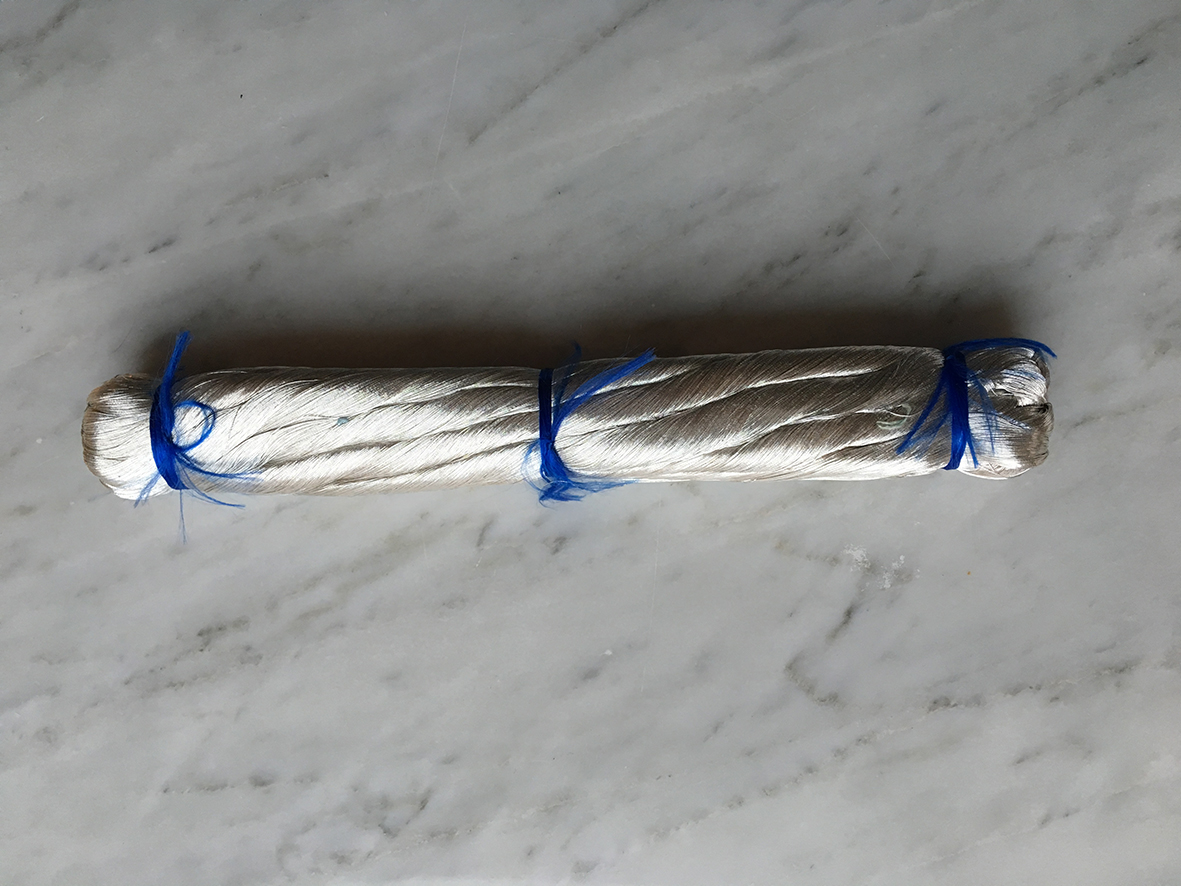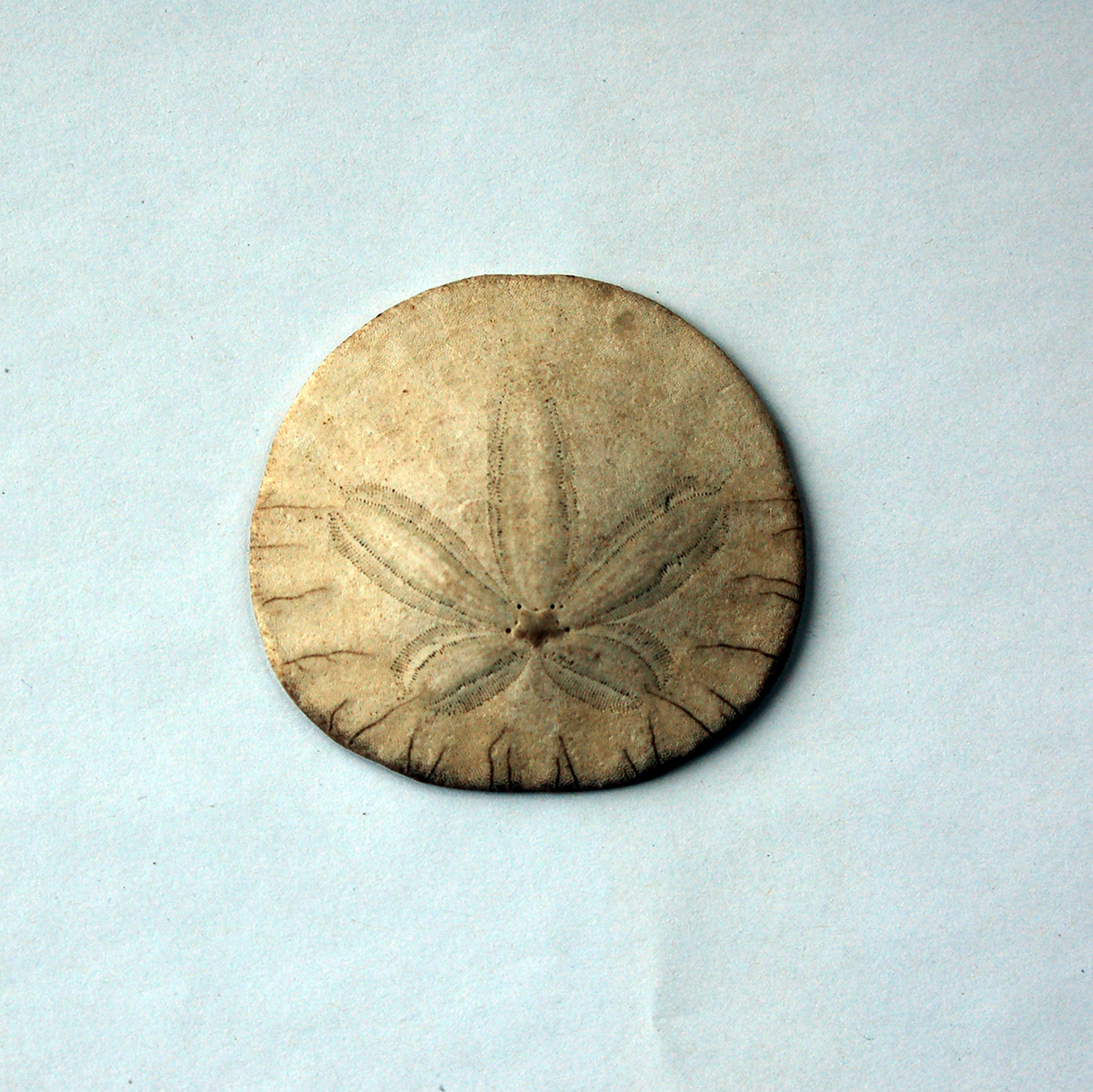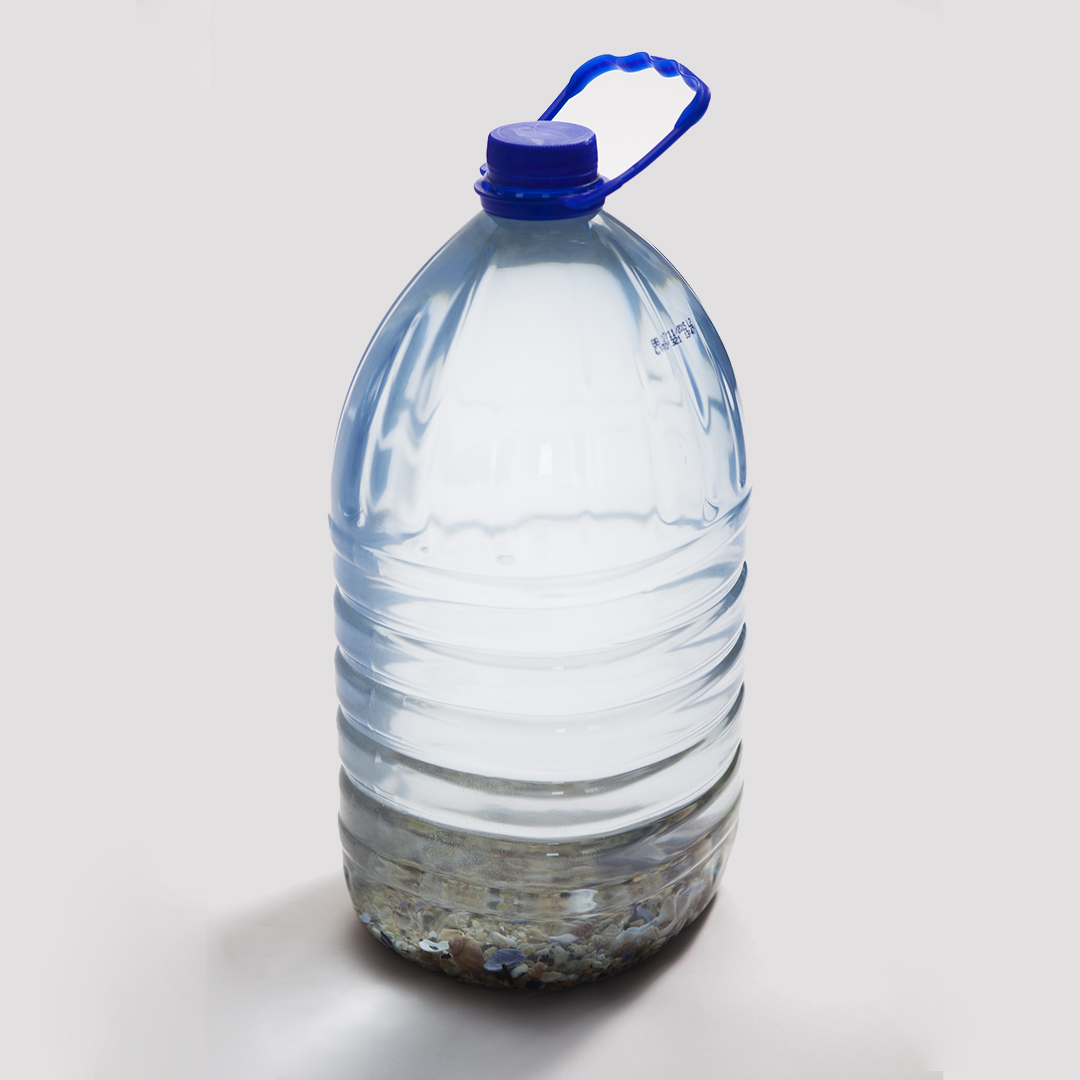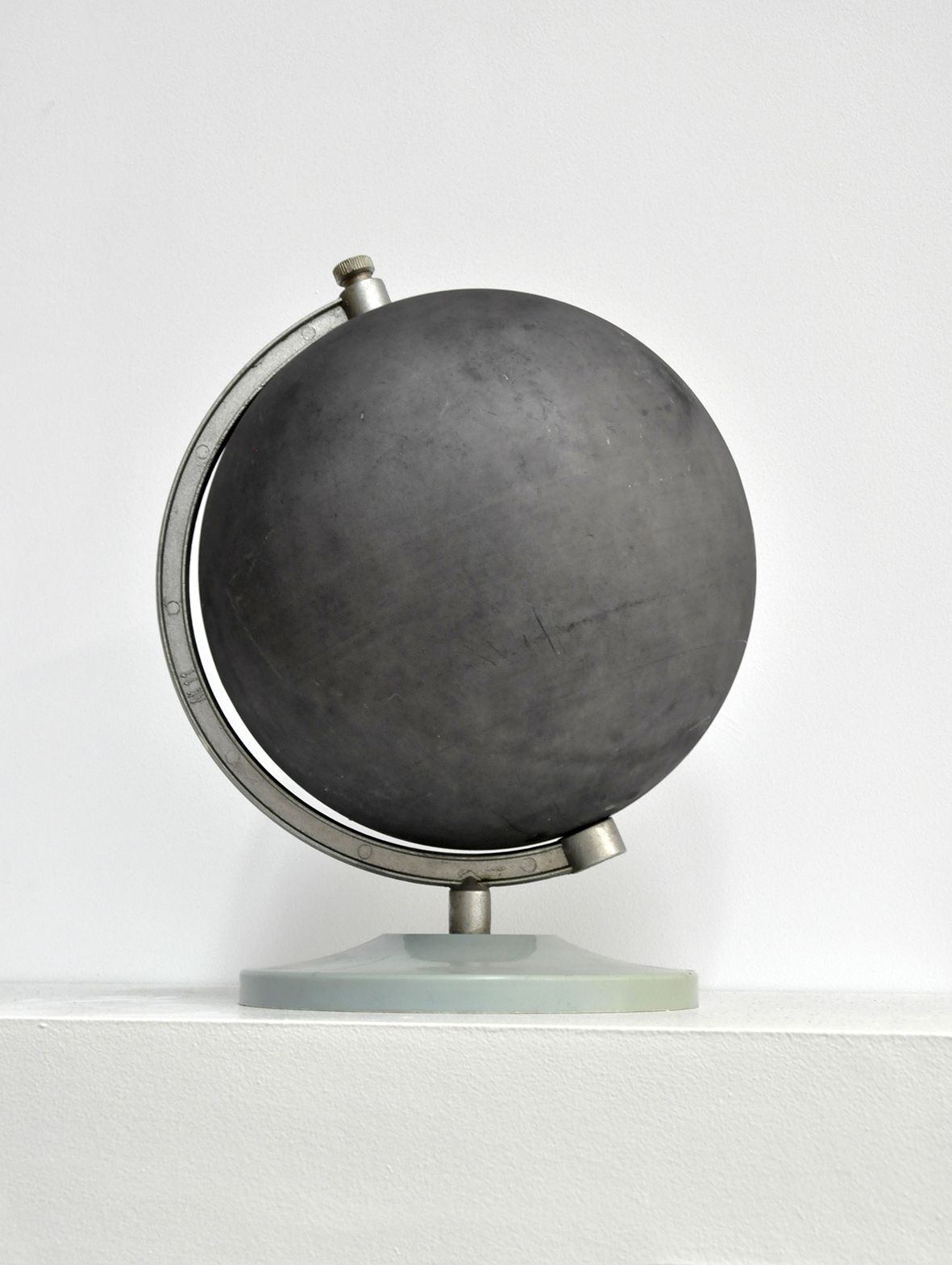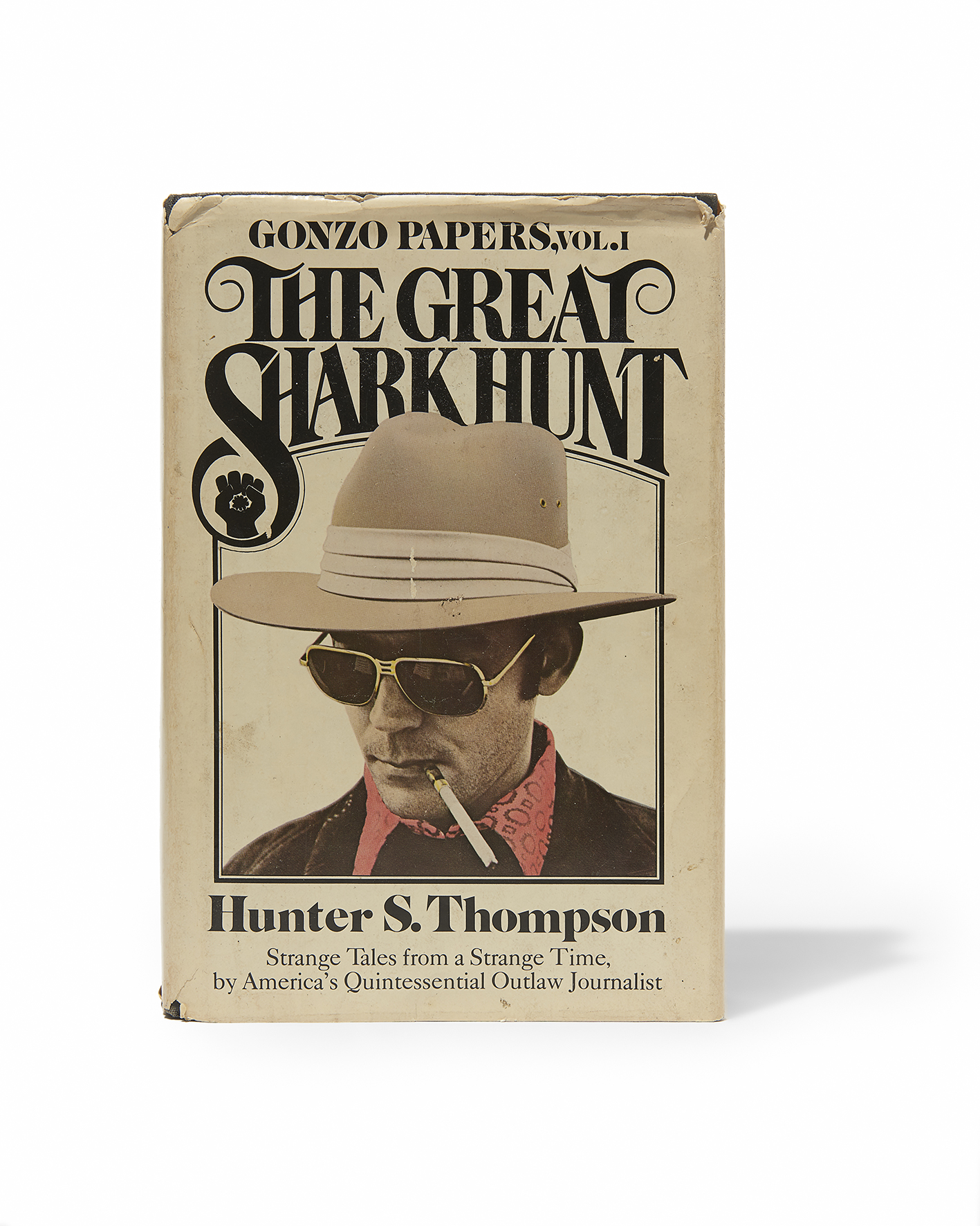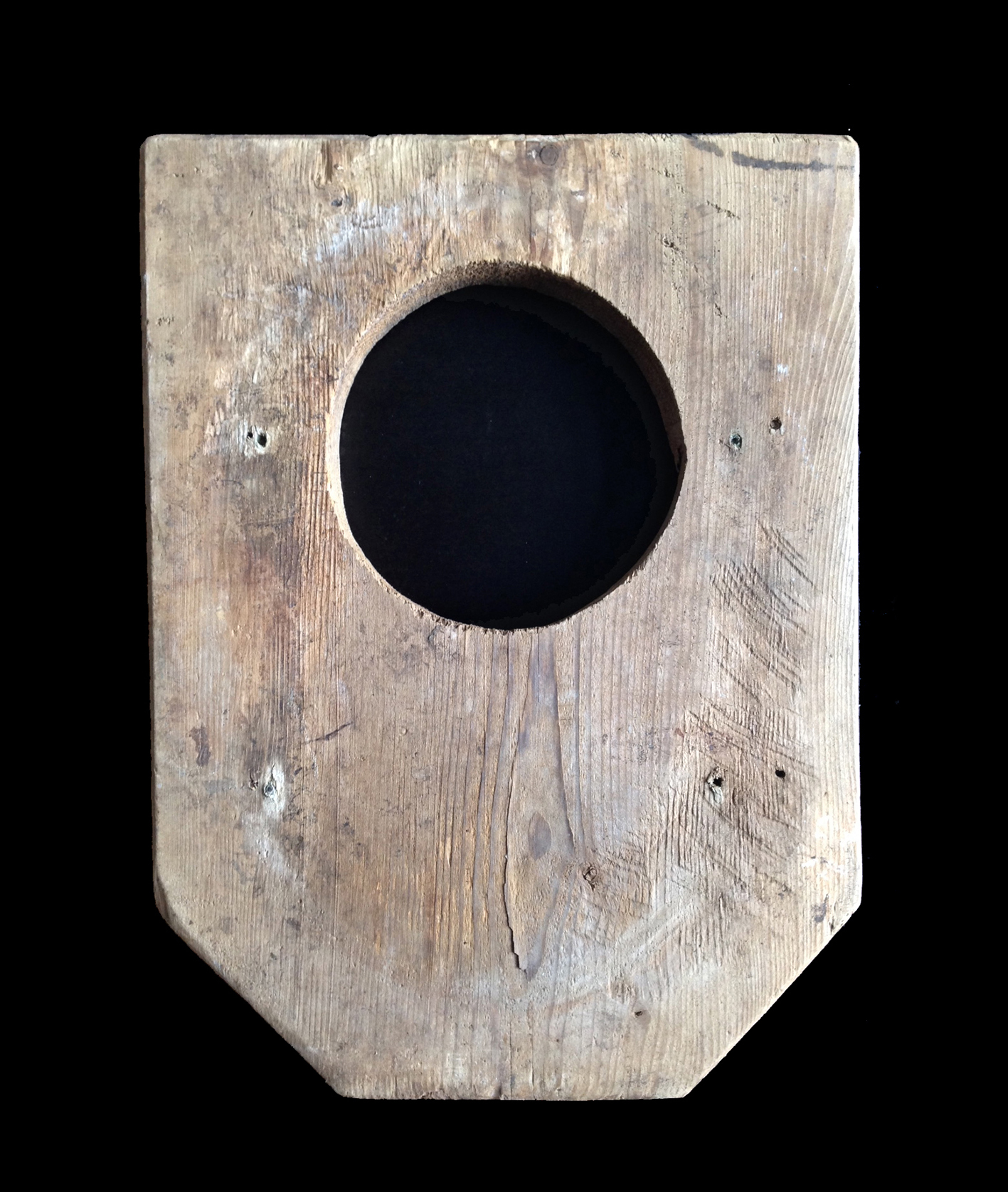I spoke with the curators ahead of the fair’s opening this week.
I’m particularly intrigued by this project, which brings together Hillary Clinton’s signed thank you note, a discarded toilet seat and an elephant’s paw. Can you tell me a little more about it?
Jens Hoffmann: When I was approached by Art Brussels to work with them on an exhibition during the fair, that would not be about presenting galleries or selecting artists for a particular section of the general fair, I started wondering what the nature and structure of an art fair really is about; the presentation of art for mostly commercial purposes. Right at that moment Piper and I met and had a conversation about the shifts in the art world, with art fairs taking place pretty much every week and how commercial galleries start to have full-time curators. It felt natural to bring her on board as the co-curator after that conversation. One thing that we spoke about right away was the culture of collecting and what kind of things both of us collect and why, and that took us to the question of what artists collect, or what the significance of non-art objects is. It developed into a conversation about value, how objects can have a monetary value and how we also attach emotional value to things that are perhaps not valuable from a market point of view.
Piper Marshall: In putting together this exhibition and its framework one of the things that Jens and I spoke about was how the things that we collect often have a biography of their own. The biographies of these objects can serve as a gauge within a larger span and scope of a single, human life. These objects have the potential to reveal how there are certain markers and values in a lived life, which are culturally contingent. Nested within these objects that we collect there are these values which are inherited on one hand or perhaps even learned and personal on the other, and in addition to that, there is the intimate story–how you came about possessing, storing and displaying the thing itself.
Is there anything surprising which has come out of exploring these artists’ collections? Did you know beforehand the kind of items they were focussed on collecting?
JH: We had absolutely no idea what the artists would propose. We didn’t know if they even collected or if they had objects that were interesting enough to be exhibited. Each and every piece was a surprise to us. We received incredible things and what is most intriguing is the diversity of objects, there is not one object that is the same or even similar. Each of the objects has an interesting story attached to it: where they come from, why they are important to the artists, where they keep it… We collected all of these stories and they will be presented in a booklet that the audience can take around with them. At the outset, we thought we may get responses from half of the artists we reached out to, but there was this avalanche of responses and other artists wrote to us that they wanted to participate as their galleries spoke to them about the idea. I expected maybe forty artists to be part of the exhibition and now we have over seventy involved. It somehow hit a nerve as the response was incredibly positive and the artists really gave us some highly personal and unusual objects.
How does the process differ for you when you’re creating a project which will sit within a wider fair, as this will? Are there more constraints or do you find that offset by the huge quantity of galleries and artists that you have access to?
JH: This particular exhibition, while taking place within the framework of an art fair, could easily happen in a museum or other art institution. But I think it is actually very interesting to do this as part of an art fair, given that the objects we are displaying hold enormous emotional or sentimental value for the artists but probably do not mean a lot to other people beyond being perhaps curiosities. I think that stands in contrast to what is happening at the fair, the trading of objects for commercial purposes. There is a dialogue around this which intrigues me. Another element is that the objects reveal something about the artists. In fact, the exhibition looks not only at the objects but, perhaps even more interestingly, why the artists decided to choose a particular object. I started to see relationships between what and how they decided what object we would get, and their work.
PM: To me what is interesting about this project is how it pushes against the notion of collecting artworks to reveal that adage “one person’s trash is another person’s treasure,” namely it puts into question how, what, why, we collect and of course the result, as Jens mentions, is very personal. I like to imagine the lifespan of these objects and how, much like art, they go in and out of circulation. They change hands. In some cases, they are cast aside only to be rediscovered. This longer scope and span offers a more holistic view into collecting. The comparisons and the contrasts with the artwork are what really interest me, so to juxtapose this exhibition with the fair itself provides a really thoughtful means for thinking about the commercial artwork, as well as the more sentimental keepsake and the various transactions and personal rationalizations we make (within ourselves) to both acquire and preserve these things.
Art Brussels runs from 21-23 April at Tour & Taxis, Brussels. artbrussels.com
